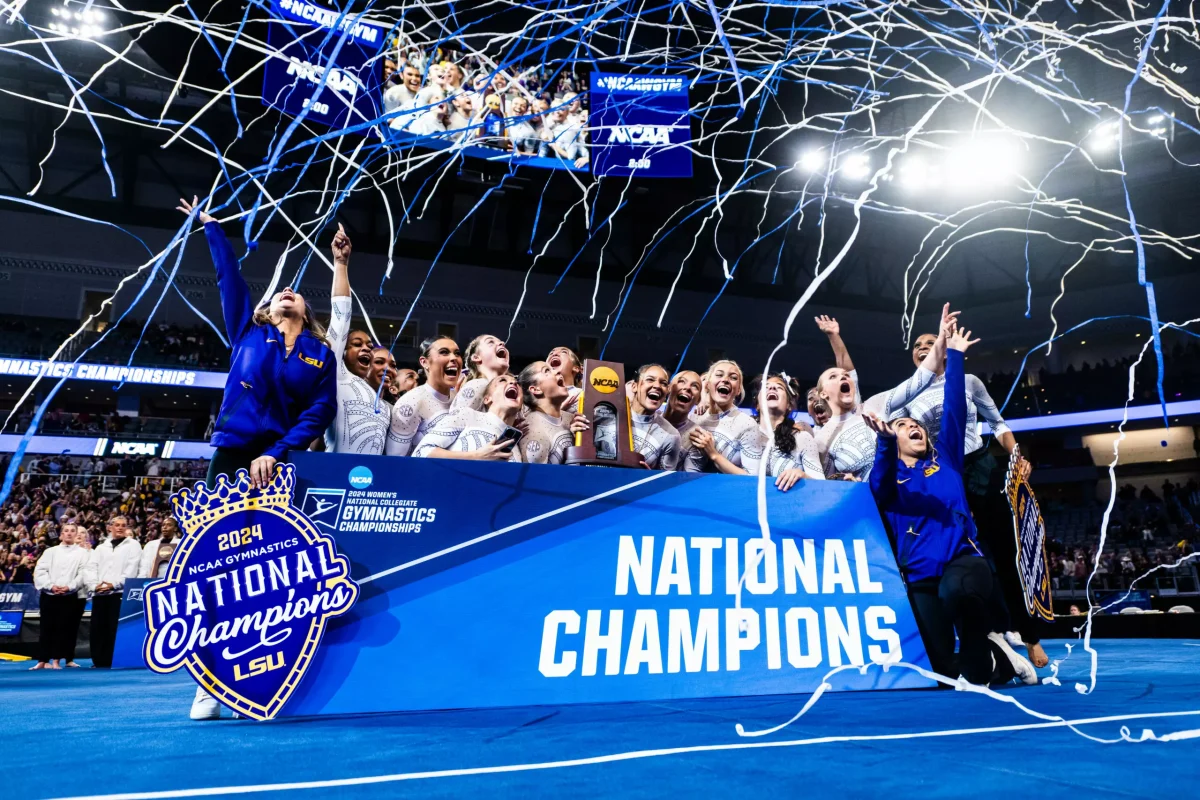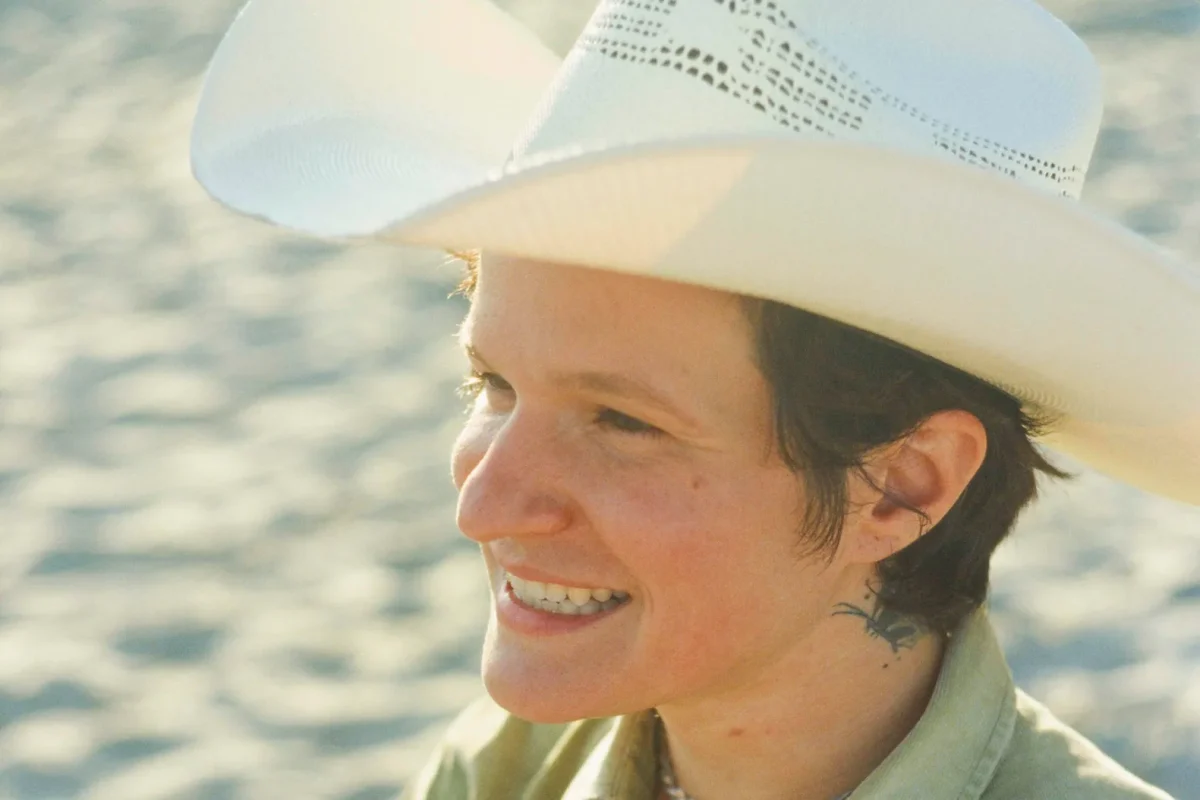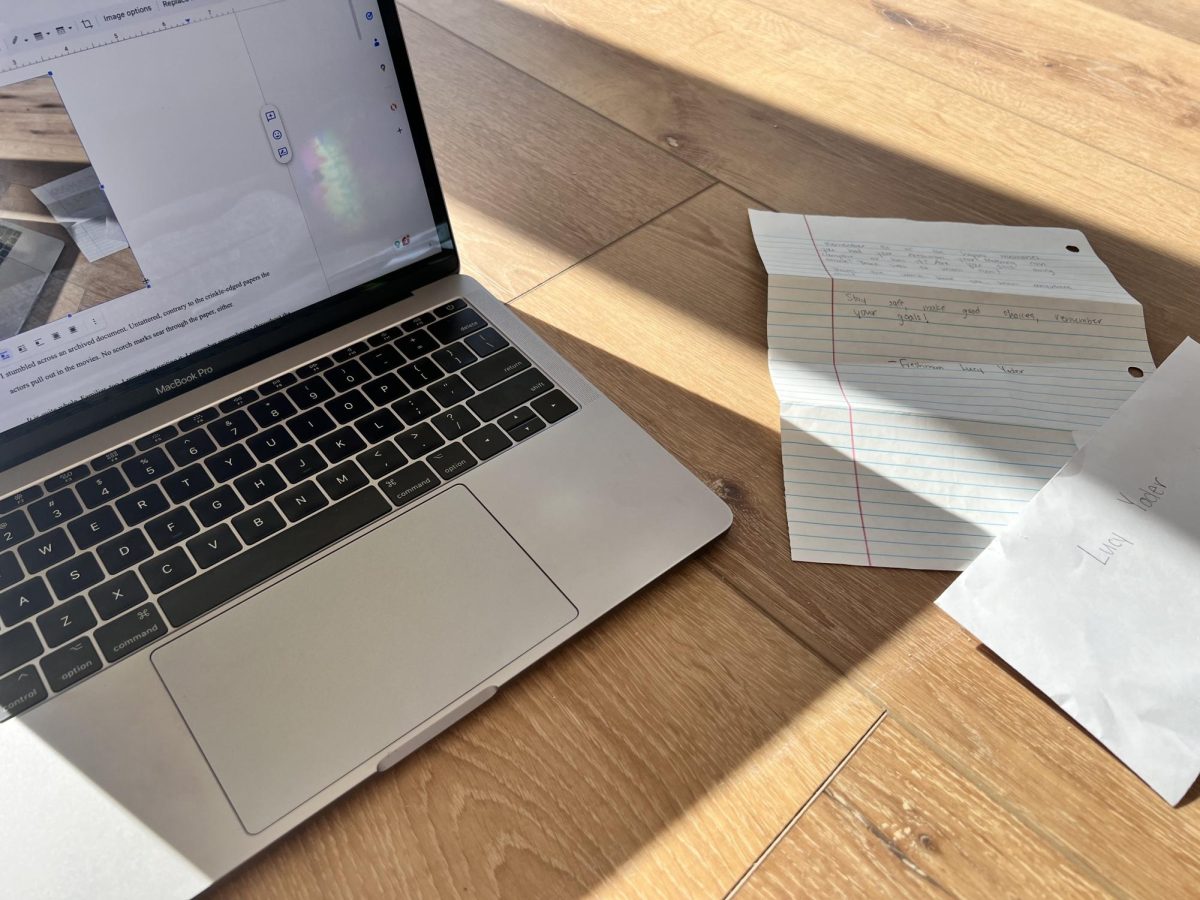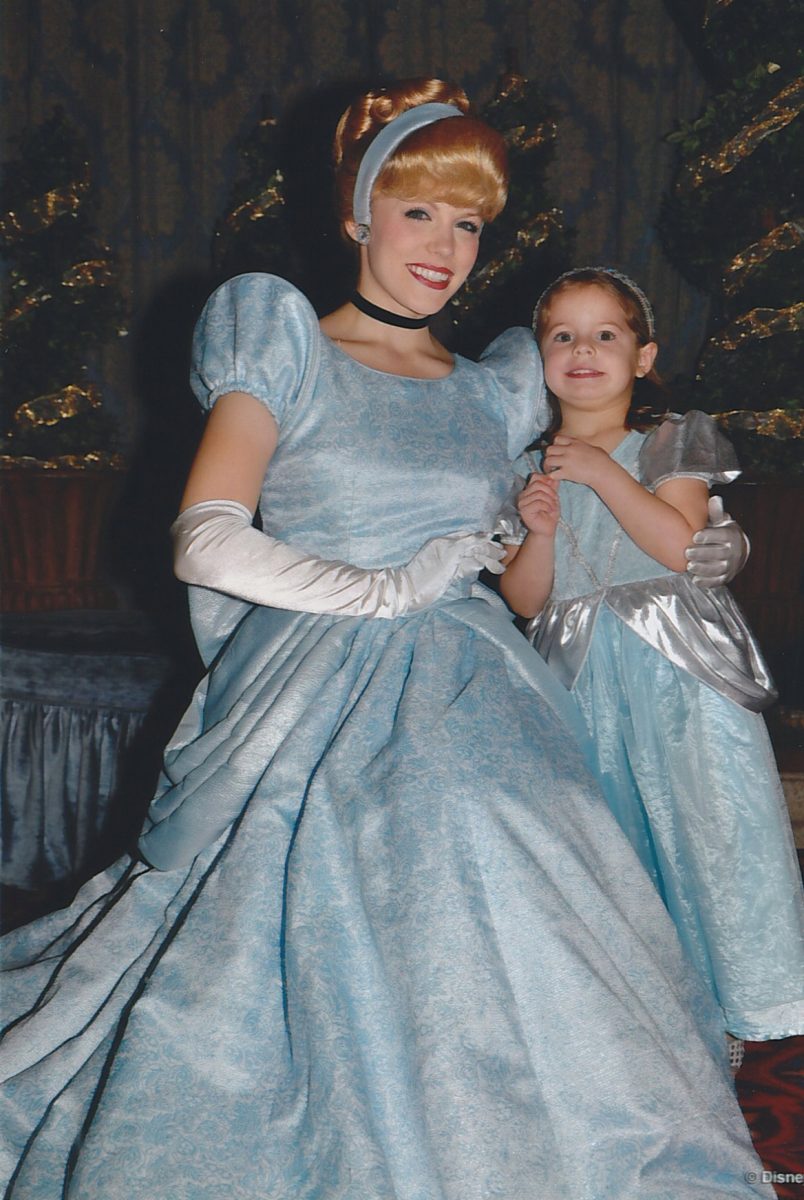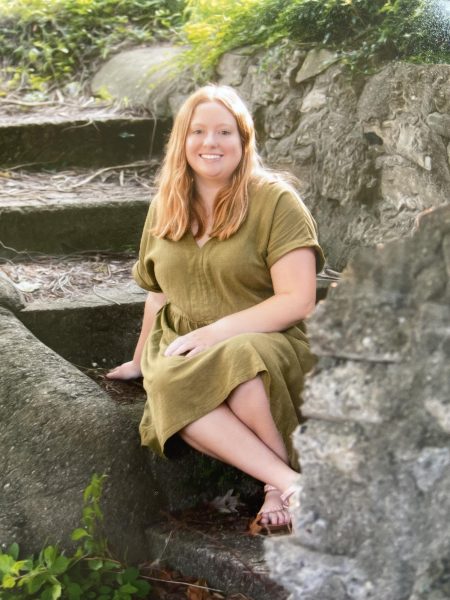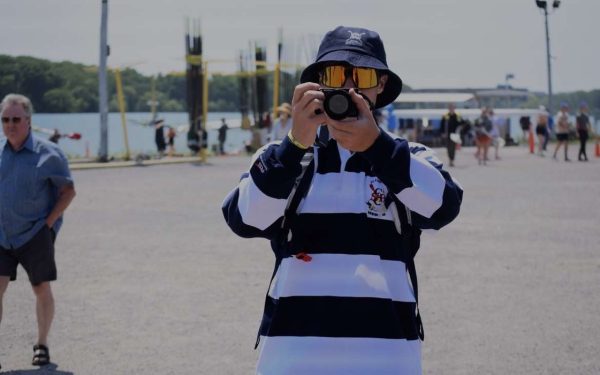The Graduate Profile defines who a student should be when they leave high school, not just what they should know
Every year, millions of young adults walk out of their high schools gripping a slip of paper that informs the everyone that they are now ready to succeed in the “real world.”
That paper announces that students have completed all the classes necessary to be an adult. They’ve passed math. They’ve passed english. They’ve passed Chemistry, and Biology, and Economics, and Civics.
And now, hopefully, they are critical thinkers, thoughtful communicators, culturally aware, effective collaborators, and resilient human beings.
“If you think about it, [about] everything that we do, what do we want?” Principal Steve Passinault said. “What do we want our graduates to look like? What do we want—the skills and knowledge— for students once they graduate?”
The Graduate Profile, the six traits FHC wants their graduates to encapsulate, is an idea brought to FHC by Passinault and former Assistant Principal Hilary Baker after they attended a project-based learning and leadership conference in Ohio. During the conference, presenters talked about other districts that are getting their communities together and figuring out who they want to be as a district and what they want their kids to learn, not in terms of traditional education, but in terms of character traits.
When Passinault and Baker brought the idea back to the staff, it was met with excitement. Although Passinault acknowledges that “it’s nothing new,” he thinks it will give teachers and students “direction.”
“I think it makes me look at kids more like citizens,” math teacher Rose Whalen said. “So when I see them talking to each other, touching each other, and doing things, it’s kind of a, ‘I will now take the time to stop and say, do you think that’s okay? How is that affecting others? How was that affecting you? How is that making you a positive person?’ So I kind of see the kid as a whole, instead of just a silly kid in my class.”
With a greater focus on the qualities of the student as a whole and less on solely their academic achievements, Whalen believes students will be better prepared to step outside of high school life. While she strongly believes students need basic skills, such as math, she knows, as both a mother and as a teacher, the importance of strength of character.
One of Whalen’s sons conducted a series interviews with various law firms, and during one of his interviews, he was asked not only to speak with executives and do some writing but also to spend some time with other employees to see how he fit in and how he handled social situations.
“But then they put him in a social setting and said, ‘you stand out there with our staff, and we want to see how you fit in,’ which I thought was amazing because even the smartest person, if they can’t fit in, can’t be a good collaborator,” Whalen said. “ So I thought that was so cool.”
Traits such as those needed to work at a law firm are similar, if not the same, as the traits needed to hold other careers in life. Collaboration, communication, cultural awareness, and other traits can all come into play in different aspects of any job —or school setting. Already, Whalen says there are traits that can be seen throughout FHC.
Which I thought was amazing because even the smartest person, if they can’t fit in, can’t be a good collaborator.
— Whalen
“I feel that [our students] are critical thinkers for sure,” Whalen said. “We push them hard in our school. I feel that they do display grit and resilience for the most part; there are some that don’t. I mean, we can work on that with them, but for the most part, we’ve got the best kids ever. I would love them to be more in tune to [and have] cultural awareness and [understand] the impact of what they do to themselves and others. I feel like they’re silly high school kids sometimes, and they don’t realize that you might think that was a joke, [but] you have an effect on other people.”
Whalen acknowledges that there are no traits which everyone, or no one, possess; however, as we as a community begin to acknowledge strengths and weaknesses, these traits which make up the Graduate Profile can continue to develop.
To help equip teachers and administration with the tools to continue developing these traits, Professional Development now includes every teacher from the Central side of the district. This collaboration between all levels of FHC allows each teacher to understand what every other building is teaching and focusing on.
Now, instead of every teacher knowing they want fully developed students and having their own way of approaching it, all of the Central teachers have a unified front as to who they want their students to be as people, not just as students.
“So we spent Friday afternoon with everybody in the district, and we had classes to go to and talks in between [that] were amazing,” Whalen said. “Even [with] people I didn’t know, it’s fun to say, ‘hey, what are you guys doing in the middle school? What are you doing in the five-six building?’ It’s really fun to communicate that because it should be a progression for [students], not separate entities.”
As the teachers talked and began to compare the ways they approached teaching in their classrooms, some teachers were surprised to discover that there are common threads linking classrooms at every level.
“I have found it to be rejuvenating to see K-12 working towards a common goal,” english teacher Lisa Penninga said. “I enjoyed discussing conversational skills at our last session with two kindergarten teachers. It was impactful to see that I had common threads to discuss with them as a senior AP English teacher. We all want to create meaningful discussions in our classroom and impact the learner and the listener. It was inspiring to see us all come together for student-centered development.”
As teachers and other adults in students lives work to help students grow and develop the skills needed to truly succeed after high school, it comes down to the students themselves to define themselves by the traits of the graduate profile.
“The strongest trait for me is engagement: a student wanting to learn,” Penninga said. “It is impossible to teach a student who refuses to learn without that student buy-in, so I really believe a graduate profile begins with students first. Students have so many opportunities to choose classes they want to take and really navigate their educational career. Students need to take advantage of that. That is the first step to a graduate profile.”

Ashlyn Korpak is a senior and entering her fourth and final year on The Central Trend. You can almost always find Ashlyn in The Central Trend room. But,...















